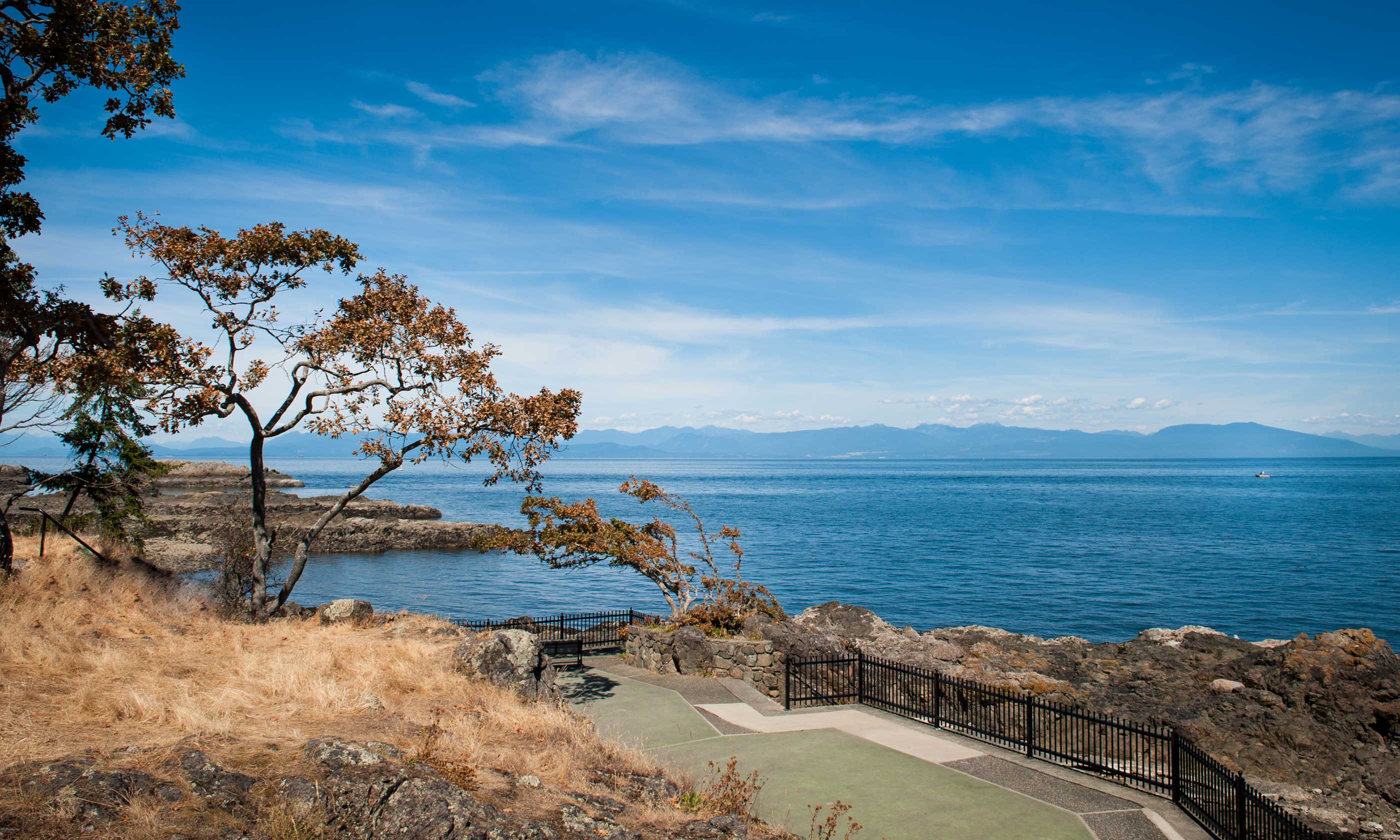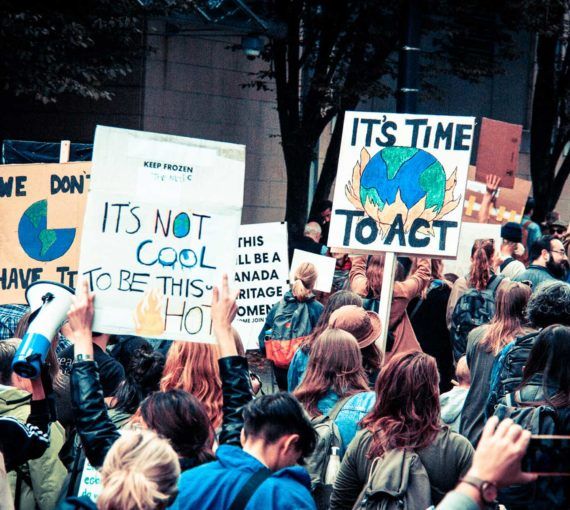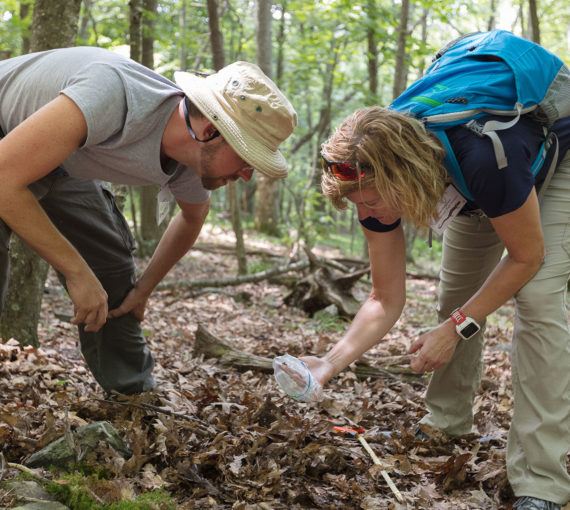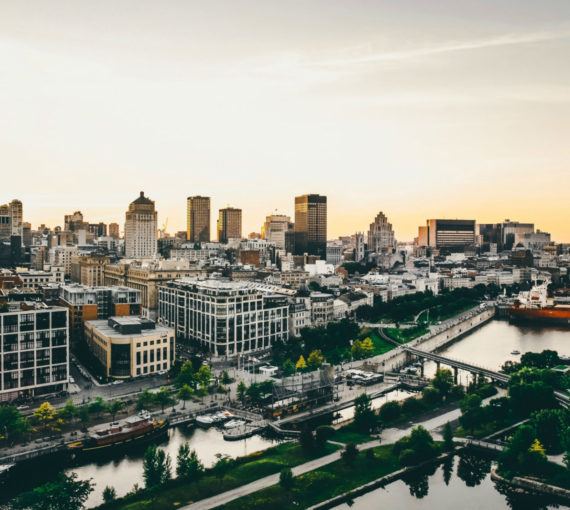
Trees clean our air and forests and wetlands filter our water. Green urban spaces absorb carbon, cool our cities and protect us from storms, and nature’s water ecosystems stabilize the climate, prevent flooding and control the quality of water.
Natural capital refers to the planet’s stocks of water, land, air, and renewable and non-renewable resources (such as plant and animal species, forests, and minerals). The term natural capital implies an extension of the economic notion of capital. Just as all forms of capital are capable of providing a flow of goods and services, components of natural capital interact to provide humans and other species with goods and services that are wide-ranging and diverse. The collective benefits provided by the resources and processes supplied by natural capital are known as ecosystem goods and services, or simply ecosystem services. These services are imperative for survival and well-being. They are also the basis for all economic activity.
The services that nature provides for free are often not accounted for and, therefore, not properly valued by decision-makers. At the David Suzuki Foundation, we evaluate the benefits that nature provides and calculate the economic cost of these services if we had to provide them ourselves.
Natural capital in British Columbia
Nature is the foundation of our social and economic prosperity and can be managed as we do other forms of capital.
For example, there is an astounding trove of unrecognized natural wealth in British Columbia’s Howe Sound region needed for the region’s health, economy and culture that can be factored into decision-making. Our report Sound Investment: Measuring the Return on Howe Sound’s Ecosystem Assets finds that Howe Sound’s watersheds provide an estimated $800 million to $4.7 billion in ecological services from nature to the region each year.
In the Lower Mainland, our 2012 report was the first to give economic values for region’s water ecosystems. The Nearshore Natural Capital Valuation report finds that areas such as wetlands and coastal areas give us $30 to $60 billion in benefits every year. As a natural carbon sink, they help reduce our greenhouse gas emissions, while providing natural protection against the increasing intensity of storms worsened by climate change. And they give us tools to protect precious habitat for declining salmon stocks.
This research followed 2010’s Natural Capital in B.C.’s Lower Mainland which looked at forests, fields, wetlands and waterways and estimated the non-market economic value of these ecosystems at $5.4 billion a year. That’s about $2,462 per person each year.
In Northeastern British Columbia, the economic benefits of keeping the Peace River region’s remaining farmland and nature intact are enormous, according to our research. The Peace region is a major hotspot of resource and energy development in Canada, including hydroelectric power generation, mining, fracking, logging and planned natural gas pipelines and other infrastructure. However, our study found that ecological services provided by farmland and nature in the Peace River Watershed are conservatively worth an estimated $7.9 billion to $8.6 billion a year.
Recently, the municipalities of Gibsons, Nanaimo, Grand Forks and the District of West Vancouver participated in a pilot program that enabled them to test a natural asset management approach to climate change mitigation and adaptation. Although each of the projects had unique constraints, they demonstrate that the value of natural services can be equivalent to that of built infrastructure, an important finding in the face of strained municipal budgets.
Natural capital in Ontario
A patchwork of remaining farmland and green space in Ontario’s rapidly growing Golden Horseshoe region provides millions of dollars in services and benefits, according to our study Nature on the Edge: Natural Capital and Ontario’s Growing Golden Horseshoe. The report examines the Whitebelt Study Area, more than 94,000 hectares of unprotected farmland, fields and forests in the municipalities of Durham, York, Halton, Hamilton and Peel. The fate of these lands is uncertain as pressure grows for the provincial government to approve proposals to develop prime farmland and green space as the region becomes increasingly populated.
Further research estimated that the benefits provided by southern Ontario’s greenbelt are valued at at least $2.6 billion annually. Another study estimated the value of the ecosystem goods and services provided by the adjacent Lake Simcoe watershed at almost $1 billion per year.
In our assessment of natural capital in Rouge National Park, the economic value of ecosystem services from the park and its surrounding watersheds was found to be more than $115 million. The report recommends legal, policy and conservation efforts needed to ensure the Rouge’s ecological health and economic value are maintained in the long term.
Similar to municipalities in British Columbia, in Ontario, the Region of Peel and the Town of Oakville also participated in a pilot program that enabled them to test a natural asset management approach to climate change mitigation and adaptation. The value of the stormwater services provided by natural assets in the Region of Peel’s Fletcher’s Creek and East Credit River subwatersheds was estimated at $704 million under current climate and $764 under future climate change conditions, indicating that natural assets have an essential role in the face of worsening climate change. Meanwhile, the Town of Oakville found it would require between $1.2 and $1.4 million to replace a 240-plus-metre channel with engineered infrastructure. Investigating remnant channels and including natural assets in policy has become a town focus.
Natural capital globally
At the Rio+20 Summit in 2012, 50 countries joined 39 financial institutions in signing the Natural Capital Declaration committing countries to account for nature’s role in the global economy. The United Kingdom is now reporting natural capital and environmental costs as part of GDP reporting.
The United Nations Millennium Ecosystem Assessment concluded that about 60 per cent of the world’s ecosystem services are used at an unsustainable rate. The leading authority on natural capital, the Economics of Ecosystems and Biodiversity (TEEB), released a global study that found nature provides trillions of dollars in ecosystem services each year. The TEEB team have since focused their attention on water and wetlands, which they consider to be “the foundation for the social, economic and environmental wellbeing of humanity across the globe.”



